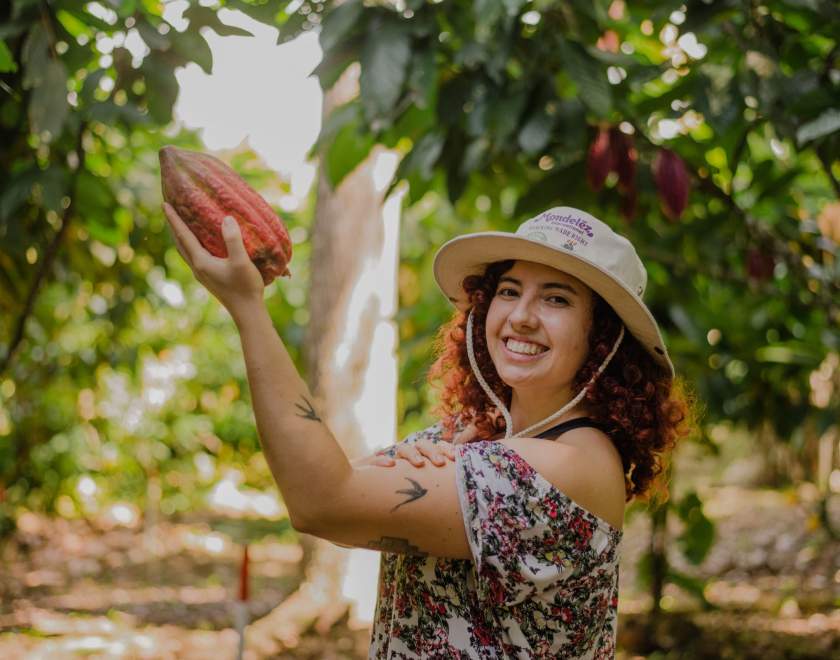
Not many people know, but cocoa was first introduced in Bahia, Brazil back in 1746. New introductions occurred in 1890, when the “Common Cacao” cultivars arrived (called Pará, Parazinho, Catongo and others). This type of cacao made Bahia known around the world and Brazil one of the largest cocoa producers in the first half of the 20th century. The construction of the Ilhéus port in the 1970s enabled shipments of more than 300,000 tons of cocoa every year, and in 1986, Bahia state alone produced almost 400,000 tons of cocoa.
However, in 1989 the Witches’ Broom disease rapidly devastated cocoa plantations all over the state, leading to a sharp decline in production and the collapse of almost 30,000 farms. Thousands of growers abandoned cocoa and the ones that remained suffered from the harsh consequences of financial debts, decaying plantations with low productivity, and a lack of resources to invest in their properties. Several estates were then divided into smaller farms, 250,000 workers were laid-off, and cocoa growing was seen as almost a “means of subsistence” in Southern Bahia rather than a business in the decades that followed.
Cocoa output in Bahia is currently around 140,000 tons, and it is estimated that 70% of the cocoa crops in the state are composed of old plants, which lead to low productivity – as low as 150 kg/hectare in some areas, according to a study by Floresta Viva Institute (IFV) – and make it impossible for these farms to be economically viable.
Given that context and the advance of research and new technologies in cocoa, the Renova Cacau (translated as Renovate Cocoa) project was born in 2014. Coordinated by Prof. Dario Ahnert and team of the State University of Santa Cruz (UESC), in Bahia, in partnership with the Cocoa Innovation Center (CIC) and support from Mondelēz, the Renova Project renovates low productive areas using specific techniques as well as the adjustment of plant density in some cases.
The project oversees 32 experimental areas in operating farms in Bahia, including three different environments: sparse “cabruca”, dense “cabruca” and full sun. “Cabruca” is a type of agroforestry system with cacao planted in the shade of larger trees of the Atlantic Forest. Preliminary data shows that the techniques adopted can lead to productivity increases of 5 to 7 times over the averages registered in the beginning of the project. Areas with yields that did not surpass 300 Kg/hectare managed to reach levels between 1.500 and 2.000 Kg/ha.
The results are impressive, and have been shared with cocoa growers by way of seminars, field day visits, guidebooks, as well as useful information, videos and pictures on the Renova Cacau website (http://renovacacau.uesc.br/).
In order to exchange knowledge on the project and support dissemination of findings, CocoaAction Brasil organized a technical mission to Projeto Renova in Ilhéus, in April 2022. The high-level group was composed of 35 consultants and representatives of the Brazilian cocoa chain; the agenda included technical discussions, visits to farms with experimental areas, and the opportunity to check the results of renovation on site.
Expectations are high since renovation in these experimental areas proved that higher productivity does lead to higher profitability, and better income for growers. A study consolidating the Renova Cacau project results - gathered over the past 7 years - will be published in 2022, and new dissemination efforts are being planned with partners, including the training of technicians and farmers, events, and communication materials.


